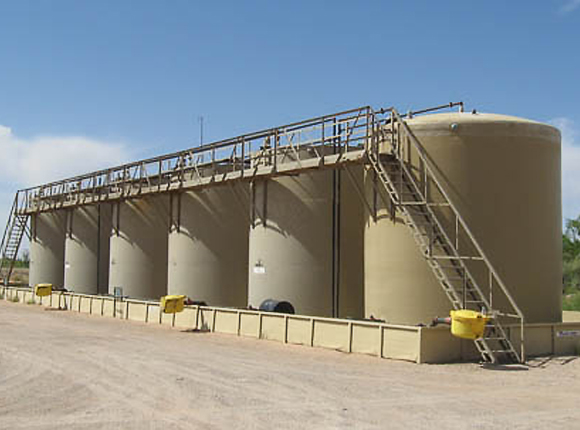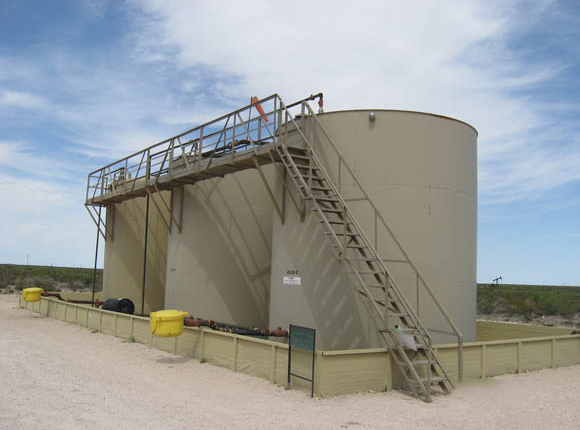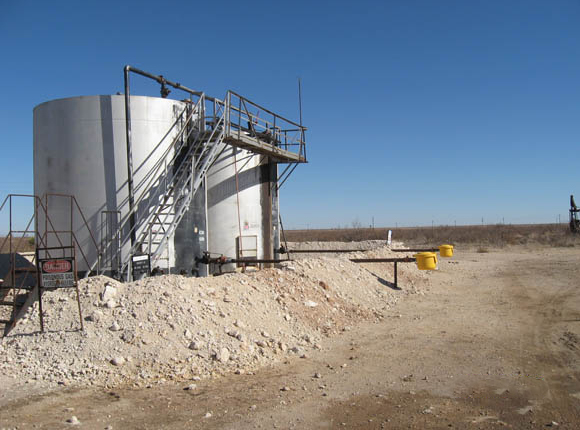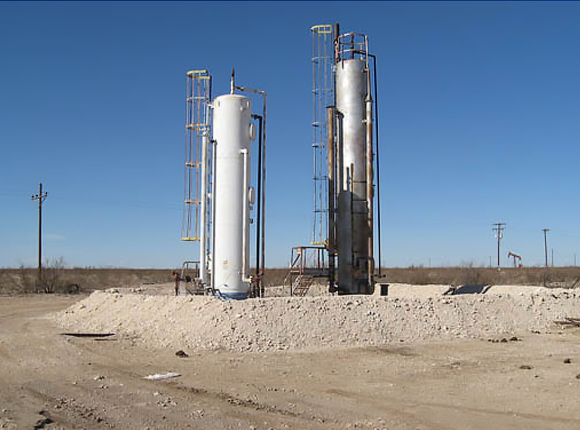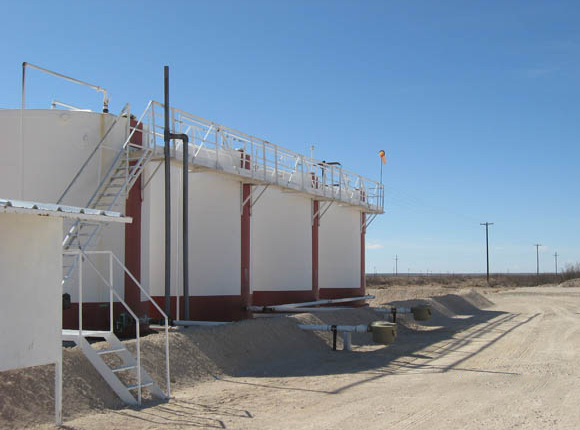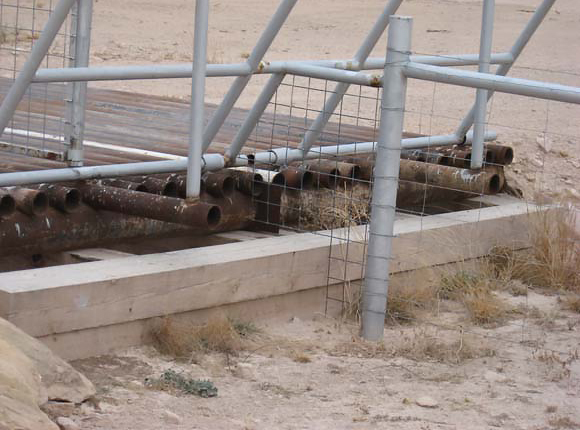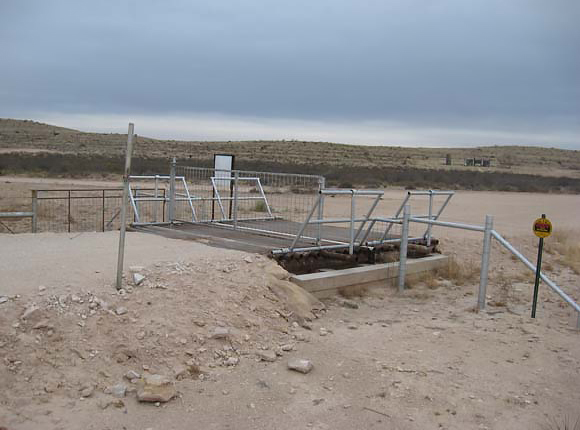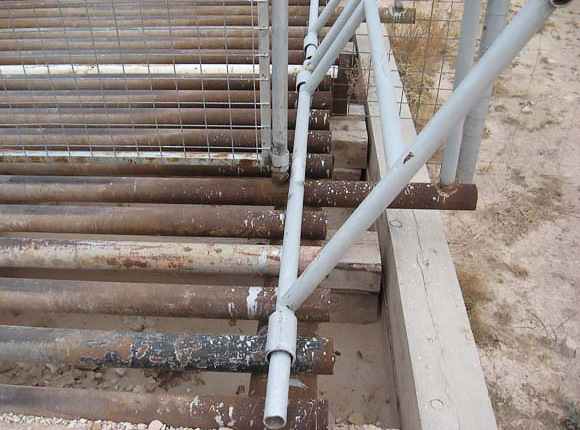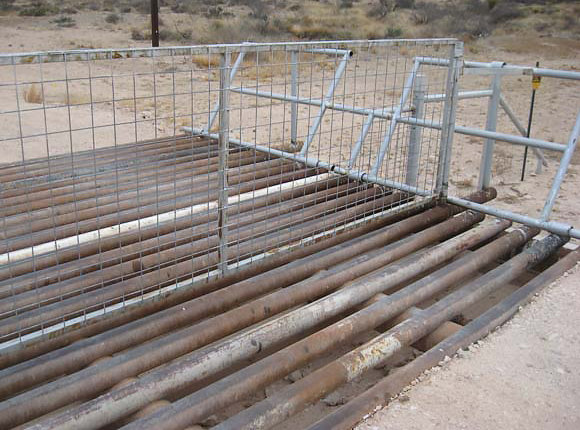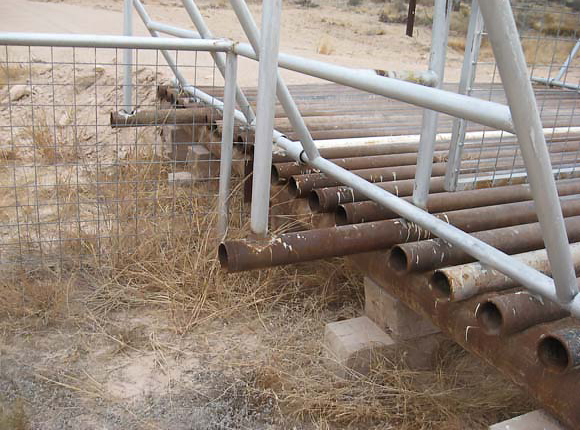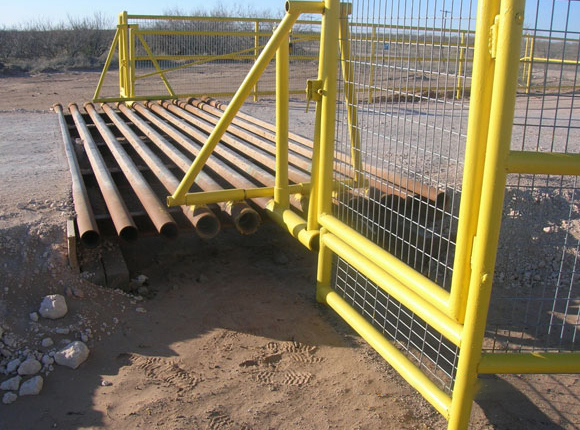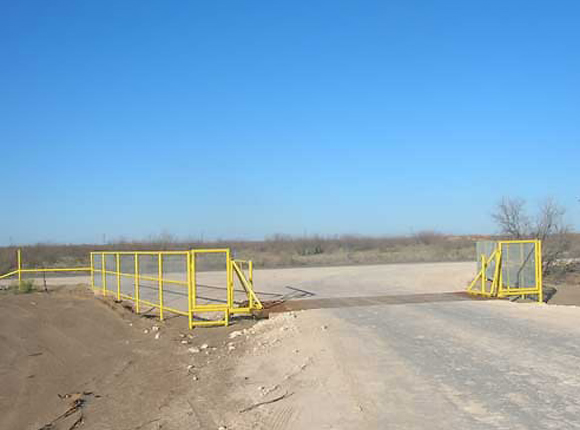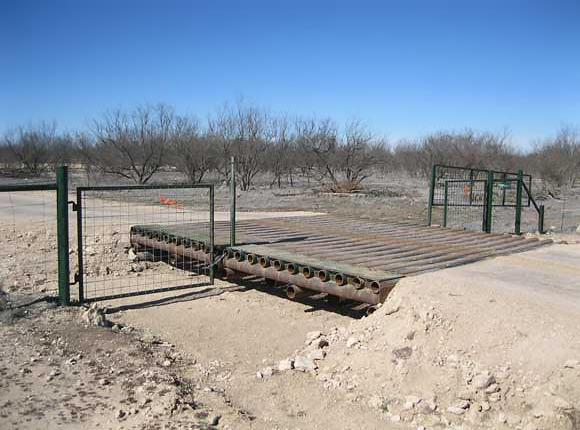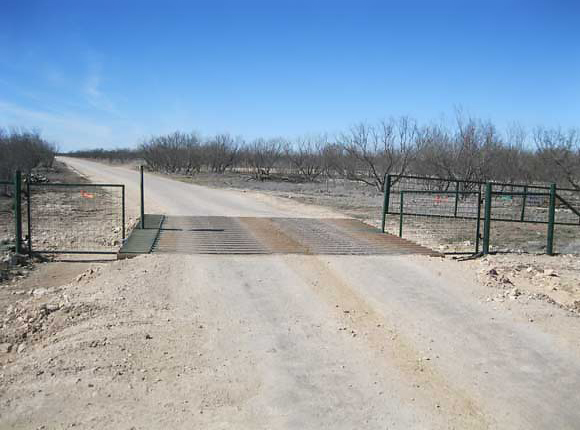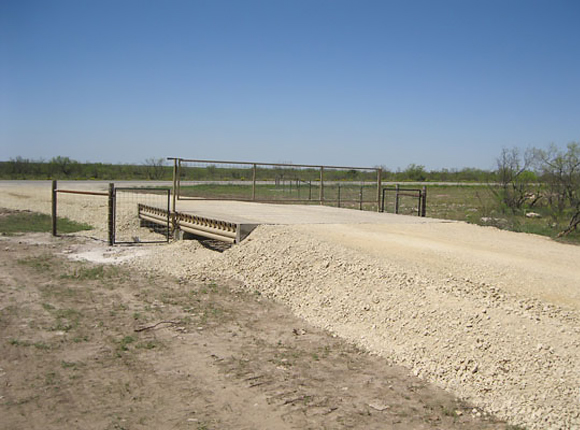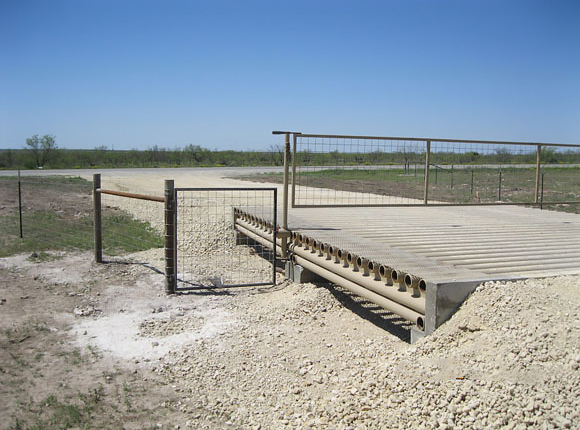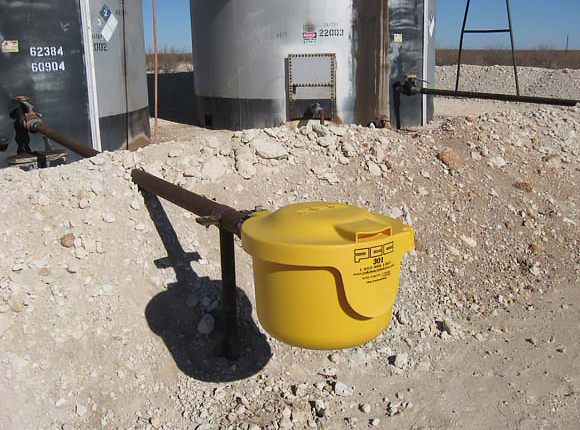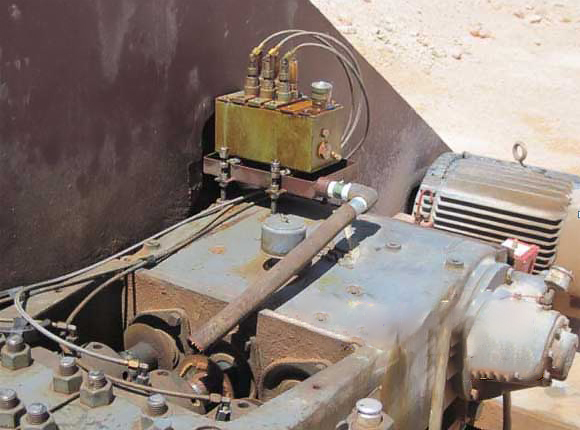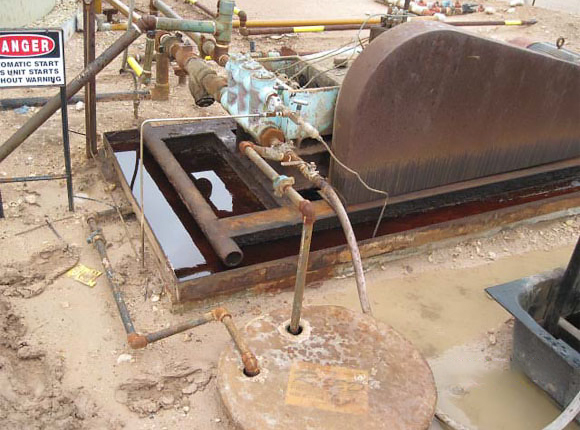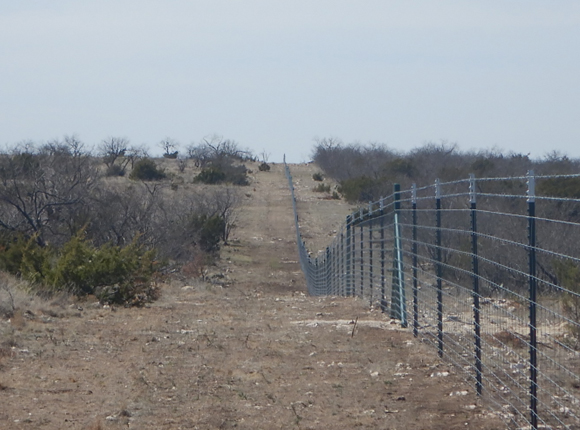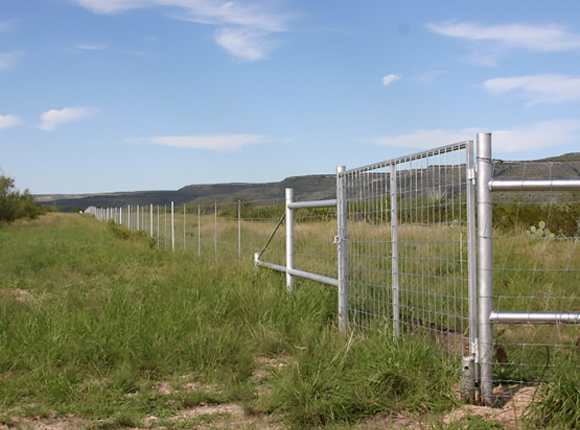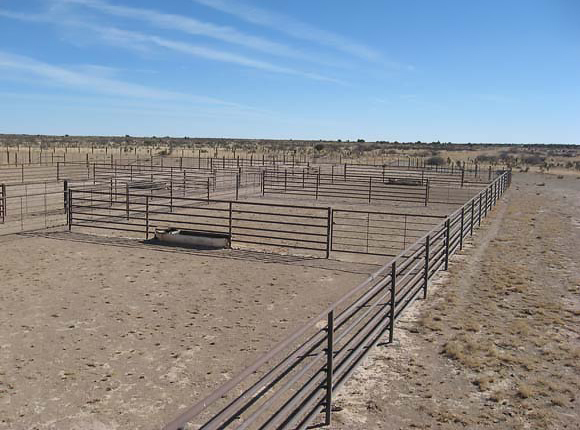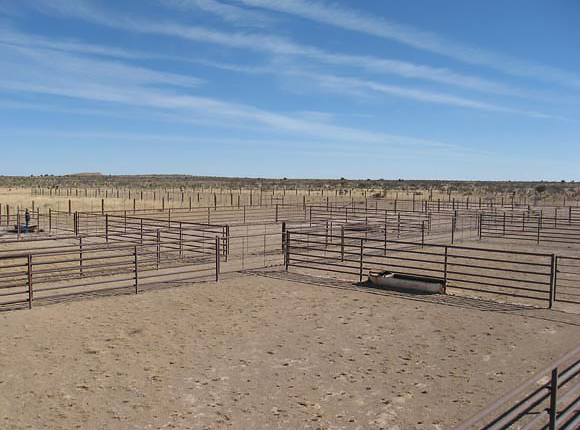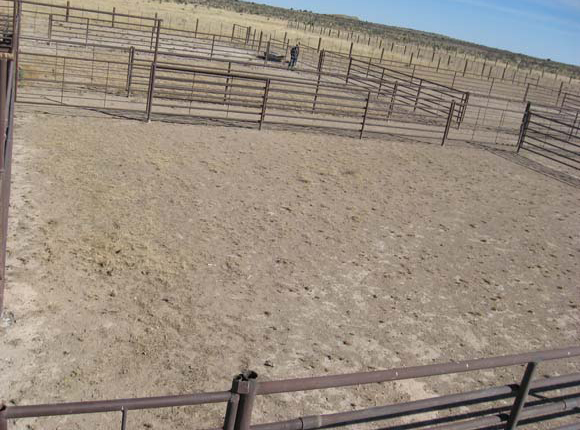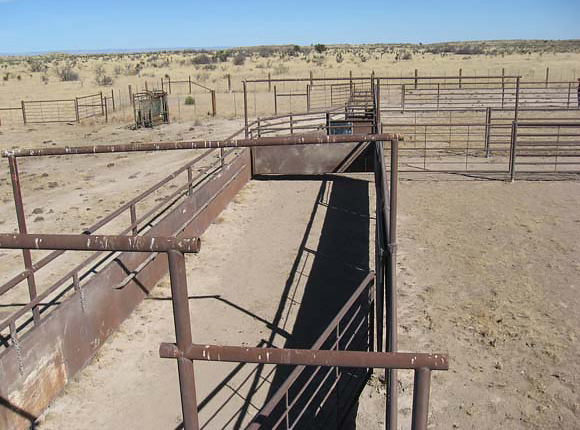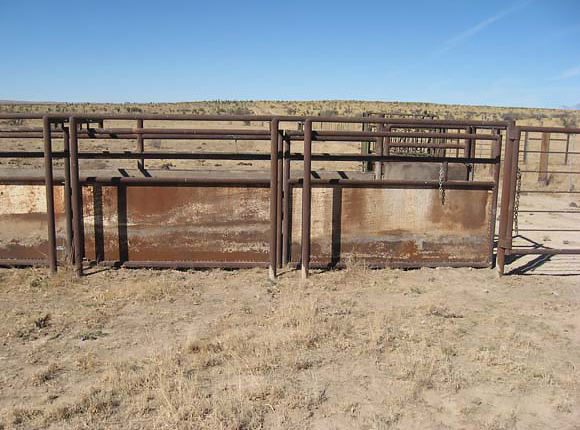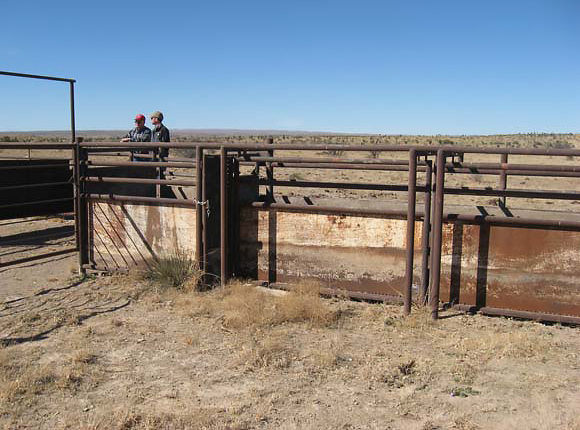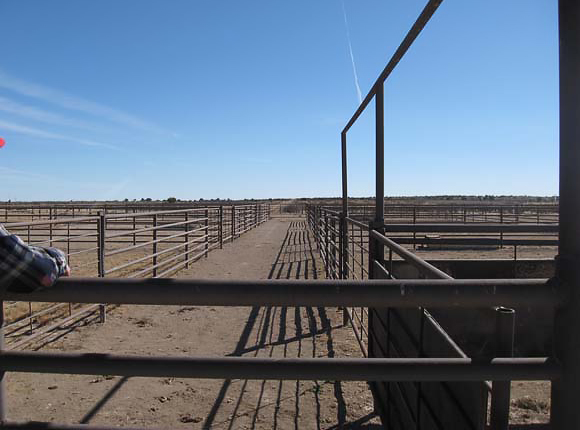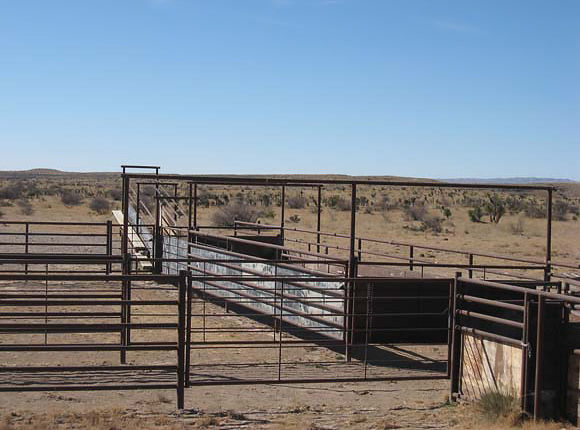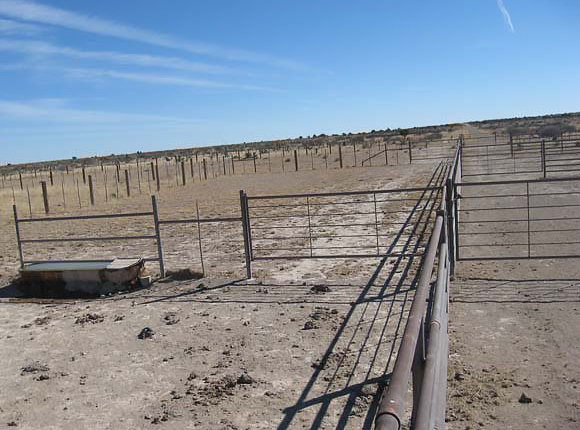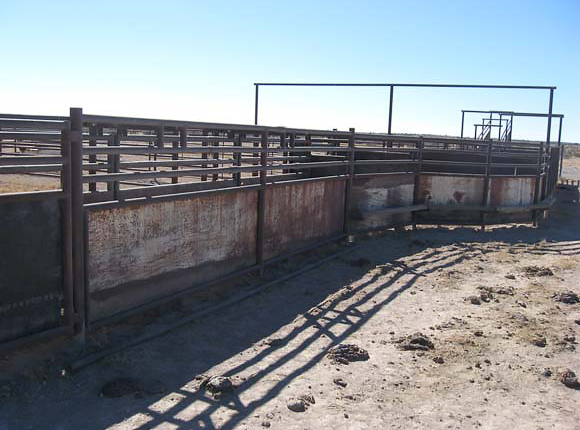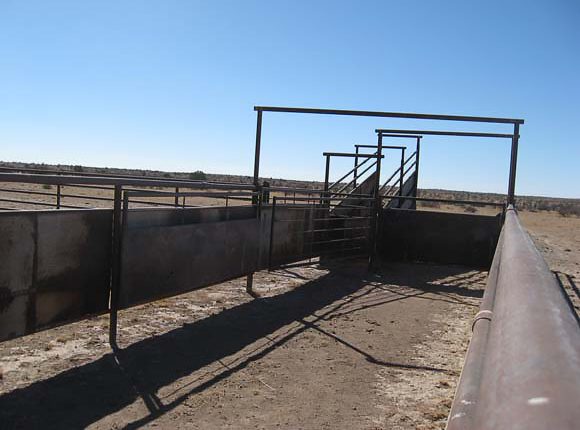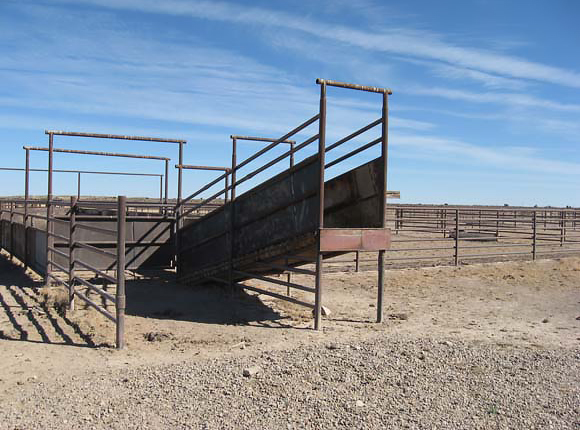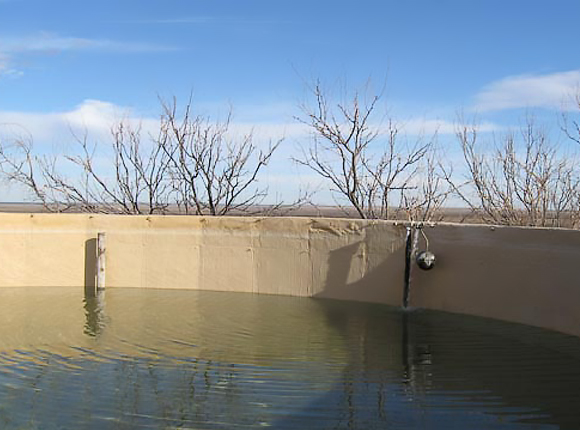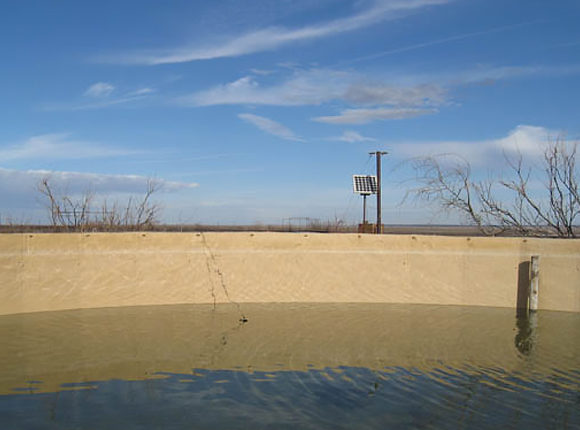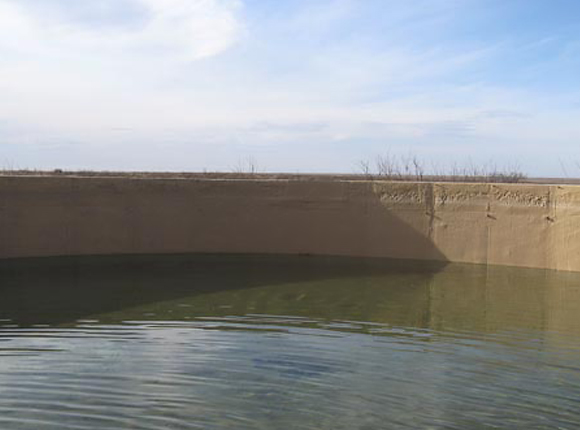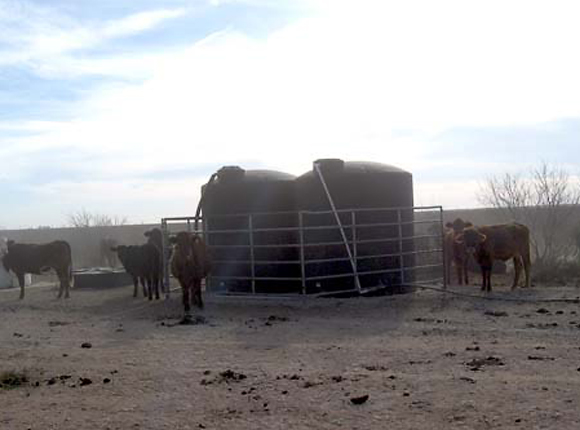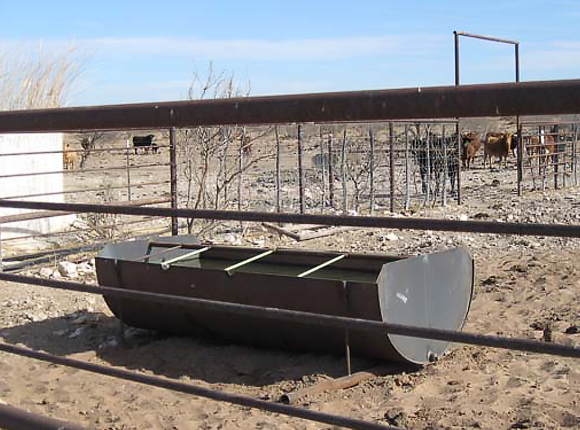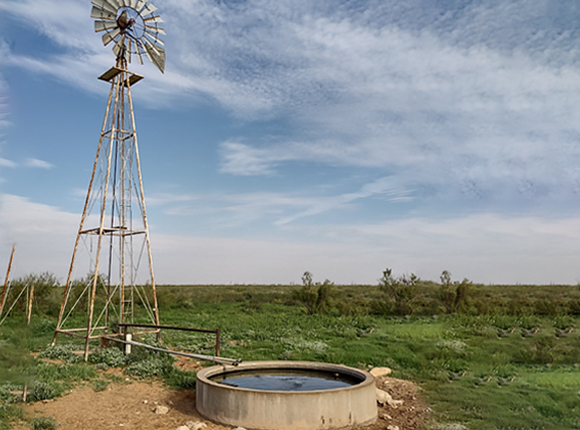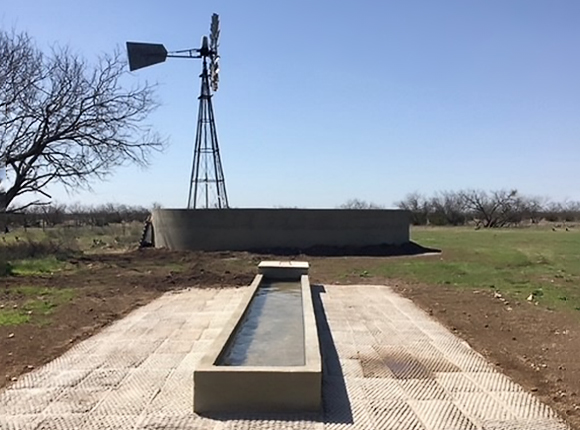Best Practices
University Lands encourages best practices during oilfield construction and from grazing lessees making improvements. The photographs and specifications described via the links below illustrate best practices.
Brush Removal
Brush removal is the process of clearing vegetation, shrubs, and trees from an area. For oil and gas production, brush removal may be necessary to create access roads or establish drilling pads. Best practices for brush removal involve using methods to minimize the impact on the surrounding ecosystem. The video embedded provides an example of one such method.
Ipsum
Loren Loren
Batteries
Batteries are storage facilities used to store produced fluids, such as oil or gas, before further processing. Best practices for battery operation focus on ensuring the safe and efficient storage and handling of these fluids, including measures to prevent leaks, monitor tank integrity, and implement appropriate containment systems.
Ipsum
Loren Loren
Cattle Guards
Cattle guards are barriers typically installed on roads to prevent cattle from crossing while allowing vehicles to pass freely. The following specifications detail how cattle guards should be built to effectively contain livestock and ensure the safety of both animals and vehicles.
Please utilize the specifications below for building Cattle Guards:
16'x30' Cattle Guard Detail (Grayscale).pdf 8'x16' Cattle Guard Detail (Grayscale).pdf 8'x30' Cattle Guard Detail (Grayscale).pdfIpsum
Loren Loren
Containment
Containment involves implementing measures to prevent the release of potentially harmful substances into the surrounding environment. Best practices for containment include using appropriate infrastructure and regular inspections to minimize the risk of spills or leaks.
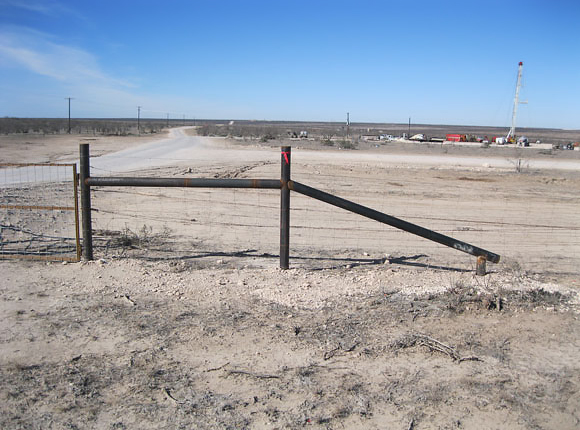
Example of H-Brace
Fence H-Braces
Fence H-Braces are components used to support and strengthen fences, particularly in areas where livestock is present. The following specifications detail how H-braces should be constructed and installed.
H-Braces shall be constructed and installed according to the following specifications and photos.
Ipsum
Loren Loren
Fence ROW
Fence right of way (ROW) refers to the establishment and maintenance of fences to provide clear boundaries and control access to operational sites. Best practices for fence ROW include designing and constructing durable fences that ensure safety and security while considering environmental factors.
Ipsum
Loren Loren
Livestock Handling
Livestock handling refers to the practices and techniques used to safely and efficiently manage livestock in oil and gas operations. Best practices for livestock handling include the use of appropriate equipment to ensure animal welfare. Shown above are examples of well thought out and functional cattle pens.
Ipsum
Loren Loren
Livestock Waterings
Livestock watering refers to providing access to water sources for livestock. Best practices for livestock watering involve ensuring a sufficient and clean water supply and using appropriate water storage and delivery systems to support animal welfare. Shown above are examples of functional livestock waterings.
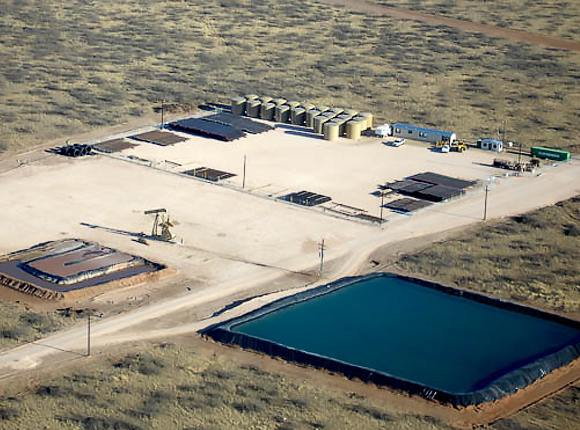
Locations
Locations refers to specific sites where drilling, production, or other activities take place. Best practices for locations involve the neat and orderly organization of equipment, as shown above, to minimize adverse effects and maximize operational efficiency.
Surface Lease- utilized for oilfield storage. Please NOTE: Neat, orderly organization of equipment.
Soil Remediation Guidance
Soil remediation refers to the process of restoring contaminated soil to a clean and usable state. The document included here provides guidelines for soil remediation to mitigate environmental contamination.
Soil Remediation Guidance.pdfGHG Emissions Reductions
GHG stands for greenhouse gas emissions, which include carbon dioxide and methane. Best practices for GHG emission reductions focus on implementing strategies to minimize the release of these gases.
GHG Emission Reductions

